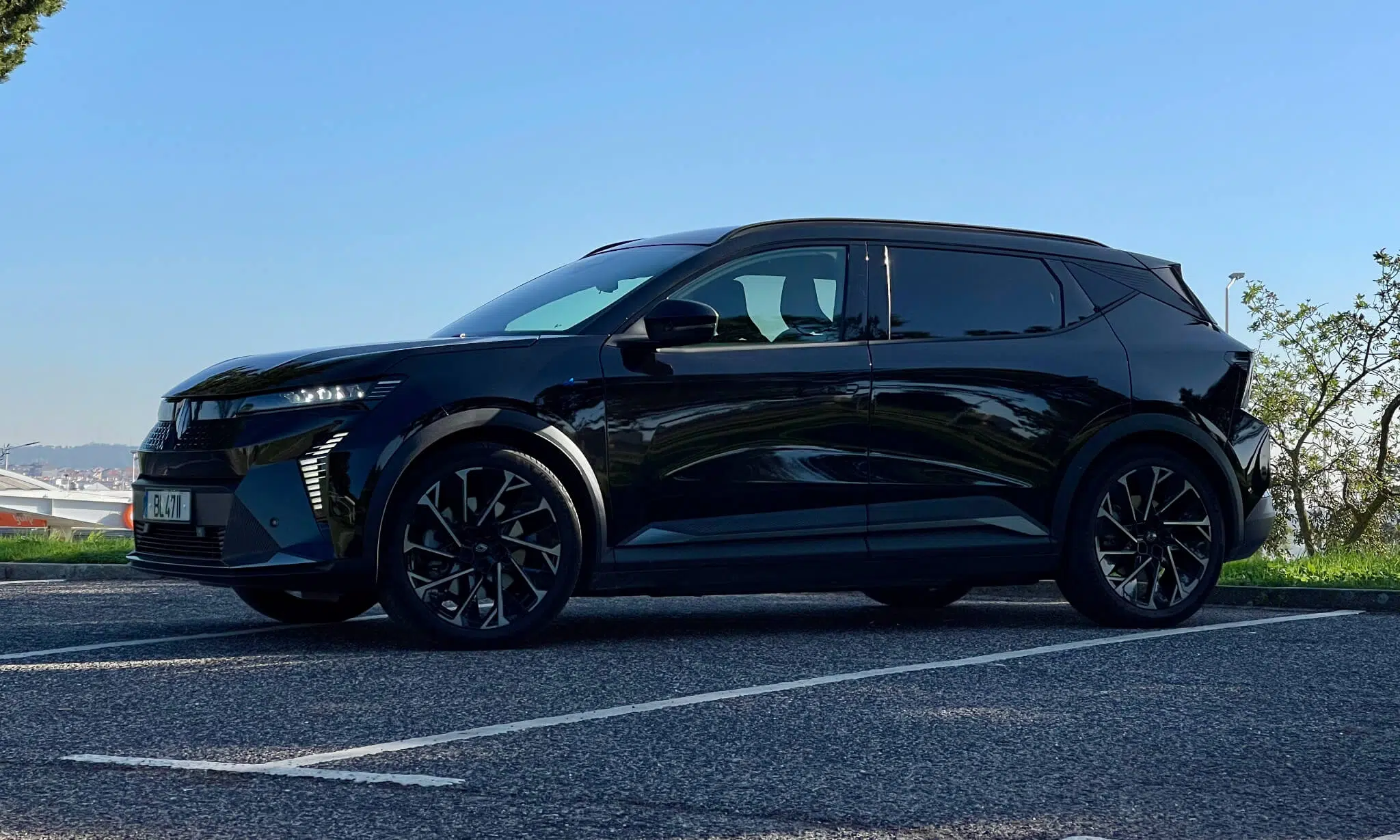SCANIA

Scania X-gas: the brand's new line of trucks powered by vehicular natural gas and/or biomethane
Scania, a leader in the transition to a more sustainable transport sector, announces news for customers concerned about the decarbonization of the operation. In a pioneering way, with a Brazilian design, the manufacturer surprised the market by presenting the Scania X-gas, the first truck in Brazil with a range of 900 km powered by vehicular natural gas and/or biomethane. In addition, it confirms that throughout 2024 another option will arrive for the gas family: the 460 hp engine.
“Scania X-gas is a source of pride for the brand's Brazilian engineering and a project that intends to change the profile of more sustainable transport in the country. We are already having success with the 410 hp gas models, sold since 2019. As of the last quarter of the year, this new model can already be sold, following all the approval regulations. But, from now on, we can already receive orders”, says Marcelo Gallao, Director of New Business Development at Scania Commercial Operations Brazil.
“Since the launch of the gas-powered range, we've heard requests from customers for an option with greater autonomy. This moment is coming. They still asked for a solution with these characteristics in order to be able to operate on longer routes and gain greater flexibility in supply, since the supply of gas is advancing every year. The biomethane chain, a 100% sustainable fuel, is also expanding, but in shorter steps. Scania is the one that started to drive this trend, and has been a protagonist since 2014, attracting more and more partnerships with customers, shippers, public authorities and distributors and producers of gas and biomethane”, comments Gallao.
The Scania X-gas is a G 410 8x2 model, with a rigid chassis. Its engine has 410 hp of power and develops a torque of 2,000 Nm. It is the most powerful thruster in this 8x2 category. The distance between the axles is 6,950 mm, which allows 16 gas cylinders to be accommodated on the sides of the spar, eight on each side. There are eight cylinders with a capacity of 118 liters and another eight of 95 liters. The total volume supports an impressive 406 cubic meters of gas. Factor that enables the propellant to take the product for about 900 km. The composition can carry up to 30 pallets, according to the law, with Romeo and Juliet type implements (trucked truck (6x2) plus a trailer) - with a capacity of up to 56 tons - or in the configuration of 8x2 wheels with 29 t of total gross weight combined (PBTC).
To get an idea of comparison with the current gas truck available, the wheelbase is 3,750 mm (or 3,950 mm) with eight cylinders, four on each side on the sides of the spar, with an option of 118 or 95 liters, which provide a total volume of 226 cubic meters or 182 cubic meters, for a range of between 400 and 500 km.
Gas and/or biomethane trucks: 'Here and Now' for the Brazilian reality...Scania remains firm in its purpose of leading the transition to a more sustainable transport system. In the company's view, electric vehicles are the future, but the transition from diesel mode must have the gas solution as an intermediary, in the same way as it has been in Europe. In Brazil, Scania is a pioneer in the introduction of trucks powered by vehicular natural gas (CNG) or liquefied gas (LNG) and/or biomethane and has sold 750 models since 2019.
The engines are already Euro 6 since they arrived in the country with the New Generation, in 2018. Their powers have not changed. The bets continue mainly on the power of 410 hp and also on the 340 hp option. The R 410 6x2 and P 340 4x2 can transfer loads of up to 58 tonnes over medium and long distances in sets of three or four axles.
Scania's gas-powered pioneers have Otto Cycle engines (the same concept as automobiles), are powered 100% by natural gas and/or biomethane, or a mixture of both, are not converted from diesel to gas, have factory warranty, technology reliable and consistent performance and strength similar to diesel. As well as being quieter. Security is total in case of accidents or explosion. Cylinders and valves are certified by Inmetro (in compliance with the law). There are three valves (flow, pressure and temperature) that release the gas in case of anomaly in one of these three aspects. The cylinders are extremely robust (the material is from missile warheads). In case of fire or collision, the gas is released into the atmosphere and dissolves without danger of explosion, unlike a similar vehicle fueled by diesel, which is more dangerous, as the liquid remains on the ground or on top of the truck.
Autonews




Nenhum comentário:
Postar um comentário